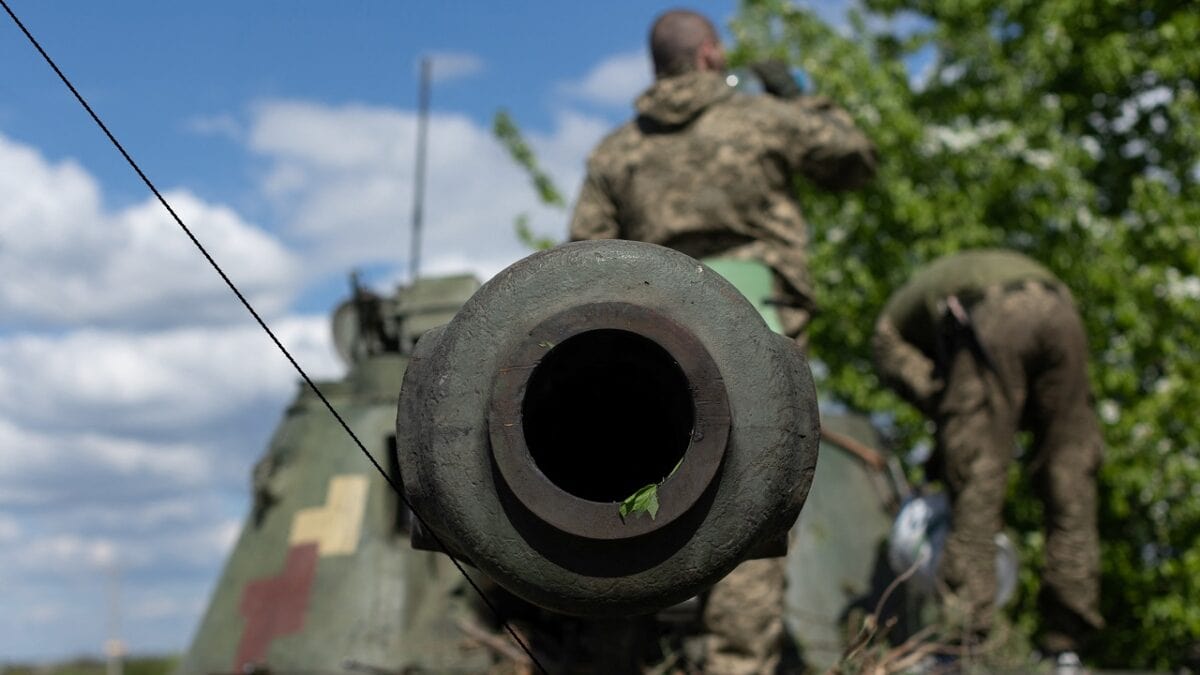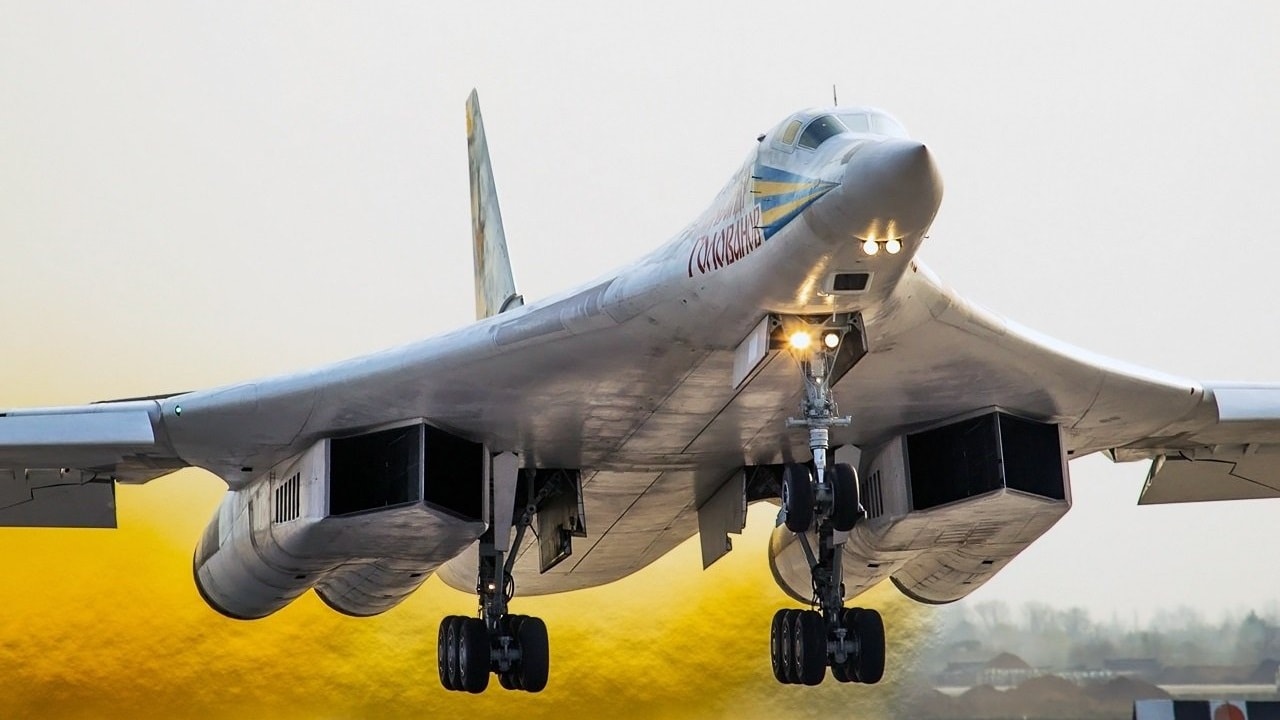Putin’s Decree Promising Increase Military Recruitment Could Just Be Lip Service – Last Thursday, Russian President Vladimir Putin responded to his military’s ongoing struggle to increase its control over regions of southeastern Ukraine by signing a decree that pledged to increase the size of his military by 137,000 troops.
The order didn’t specify how he planned to achieve it, but appeared to confirm reports that Russia has lost a substantial number of troops to dead or injury since the beginning of the Ukraine invasion – roughly 80,000 by the Pentagon’s latest estimations.
However, if British officials are to be believed, the decree could simply be lip service. Without a clear plan, Putin’s decree may have set an impossible task for his government officials to achieve.
U.K. Officials Say Decree Unlikely to Make Meaningful Progress: Analysis
In a daily intelligence update published on Sunday, the United Kingdom’s Ministry of Defence expressed skepticism over President Putin’s decree and described Putin’s plans to increase the size of his military as “unclear.
“On 25 August 2022, the Russian Presidential Administration issued a presidential decree increasing the established strength of the Russian armed forces to 1,150,628, an increase of nearly 140,000,” the update reads, adding that the Russian government was instructed to provide funding to achieve the increase.
The update then described Putin’s plans as “unclear,” speculating that Putin may be planning to recruit more volunteer “contract” soldiers, or to increase the annual targets for the conscription draft.
“In any case, under the legislation currently in place, the decree is unlikely to make substantive progress towards increasing Russia’s combat power in Ukraine,” the British intelligence officials continued, pointing to Russia’s loss of tens of thousands of troops, the few new contract servicemen currently being recruited, and the fact that conscripts are not technically required to serve outside of Russian territory without undergoing four months of training.
If that last point becomes a stumbling block for the Kremlin, there’s no reason to say Putin won’t declare Ukraine as Russian territory – which already appears to be the purpose of the war – to force those troops to serve. This is purely speculation, however, and a more straightforward solution for the Kremlin would be to find a way for those troops to undergo the necessary training and potentially find a way to speed up that training so troops can be deployed before the year’s end.

Ukrainian soldiers stand on top of a tank, amid Russia’s invasion of Ukraine, in the frontline city of Lyman, Donetsk region, Ukraine April 28, 2022. REUTERS/Jorge Silva
Russian Troops Fear Returning Over Possible Ukraine Deployment
As Putin prepares to increase the size of his military, likely to boost his chances in Ukraine, Russian troops already serving abroad are reportedly fearful of returning home over the likelihood that they will be sent to Ukraine.
As many as 1,000 Russian troops are presently serving in Kazakhstan, and reports this weekend revealed how Russian military personnel in the country are fearful of returning home over the likelihood of being deployed to serve in a conflict that carries a more significant risk of death.
Jack Buckby is a British author, counter-extremism researcher, and journalist based in New York. Reporting on the U.K., Europe, and the U.S., he works to analyze and understand left-wing and right-wing radicalization, and reports on Western governments’ approaches to the pressing issues of today. His books and research papers explore these themes and propose pragmatic solutions to our increasingly polarized society.

